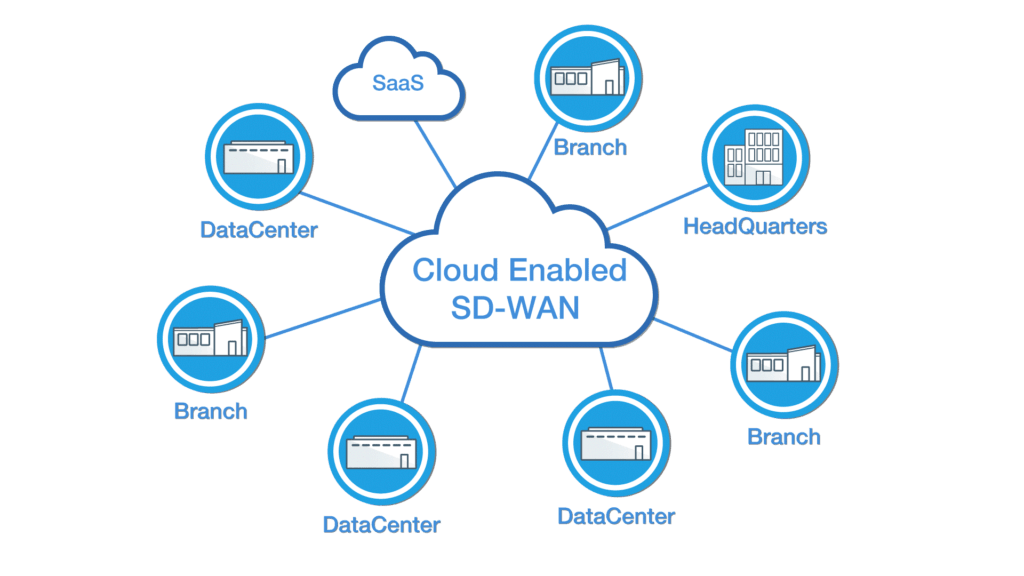Software defined WAN (SD-WAN) technology can be used to optimize traffic steering across a WAN. It can also analyze voice traffic and network circuits to make dynamic decisions. It can also apply application-driven policies that are context-based for individual users.
Application Aware Routing
Application-aware routing (or APBR) is an emerging trend in software-defined WAN (SD-WAN) deployments. It enables routers to direct traffic based on user-defined policies and application SLA LIST parameters. As a result, traffic is automatically routed to the most appropriate WAN links based on network characteristics and path conditions. To implement Application-aware routing, network administrators first build an App-Route policy. This policy consists of defining lists and action statements describing the types of traffic allowed through the WAN. Once the policy has been built, it can be activated.
In software-defined WAN (SD-WAN), application-aware routing uses both active and passive monitoring to track network characteristics and direct traffic based on the conditions of each circuit. In this way, it provides better overall performance while minimizing costs. Additionally, it improves efficiency, security, and business sustainability.
Intelligent Routing
Intelligent routing is a key feature of SD-WAN. It allows administrators to control and manage policies based on application traffic and network circuits. This can result in significant operational efficiencies and reduce the attack surface. It also helps prevent security breaches. For example, an SD-WAN with application-driven policy management allows administrators to prioritize voice and video traffic.
IT professionals must ensure their networks can keep up with the exponential growth of users, cloud applications, and internet traffic. While it is hard to predict traffic volumes and patterns, WAN optimization can help ensure the performance and reliability of the network. Intelligent routing can help enterprises overcome these challenges.
Dynamic Directing Of Data Packets
Software-defined wide-area networks (SD-WAN) are a new network technology that can improve connectivity and optimize performance. These networks use software to control connectivity and manage services between data centers, remote branches, and cloud instances. This decouples the control plane from the data plane.
A key benefit of SD-WAN is its application-aware routing. This helps improve application performance and user experience. It also lowers IT costs. In addition, SD-WAN can route traffic between secure internet connections and dedicated circuits. As a result, it can also deliver superior cloud application performance.
Traditionally, organizations were forced to either build their private networks or rely on traditional carrier WAN services that were not always flexible enough to meet their changing needs. These legacy networks were also difficult to scale and offered limited visibility and QoS granularity.
Cloud Delivered SD-WAN
Increasingly, businesses are using cloud-based applications to drive business performance. Traditional WANs. However, are not prepared for this new level of network traffic, causing inefficiencies and management complexities. In addition, businesses also need to connect remote workers to the cloud securely. Cloud-delivered software-defined WAN solutions address these challenges.
SD-WAN uses an abstracted virtual WAN architecture to simplify management. With SD-WAN, businesses do not have to invest in additional hardware and software and can instead move their infrastructure to the cloud, which results in lower costs and better performance. Additionally, cloud-enabled SD-WAN can support on-premises data centers, SaaS applications, and cloud servers. In addition, because SD-WAN is cloud based. Businesses can use a third-party cloud provider to manage the equipment.

